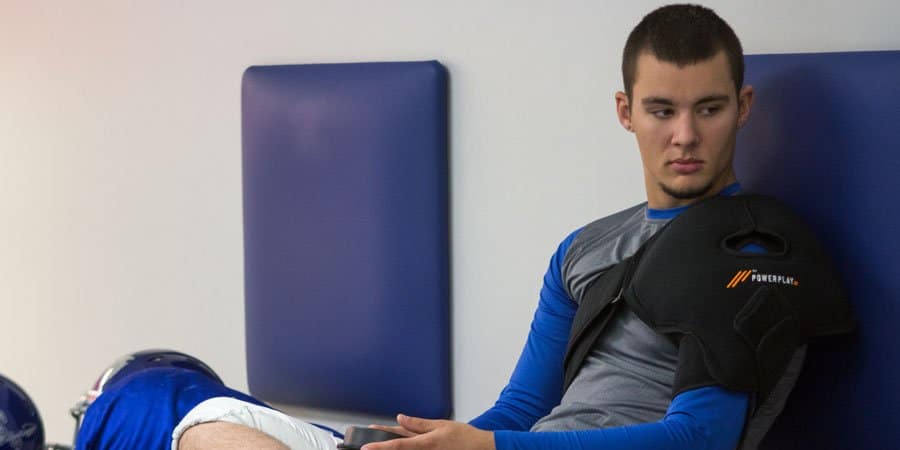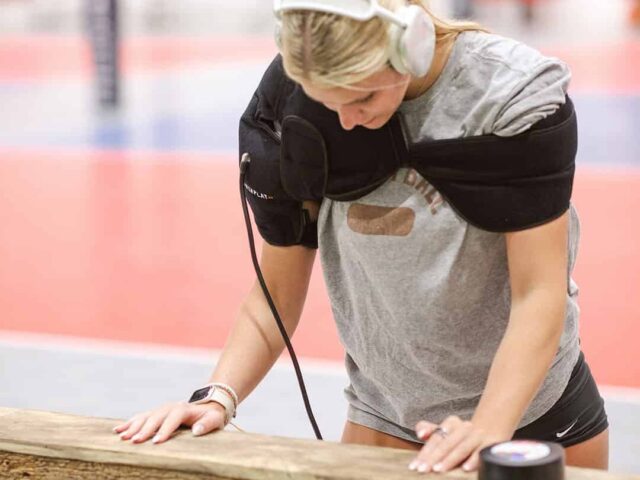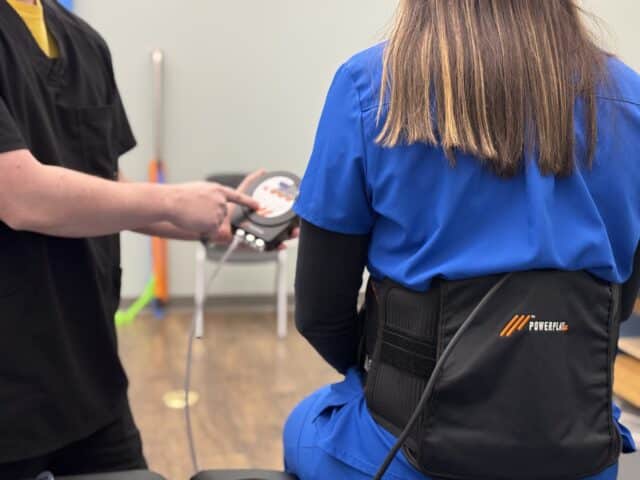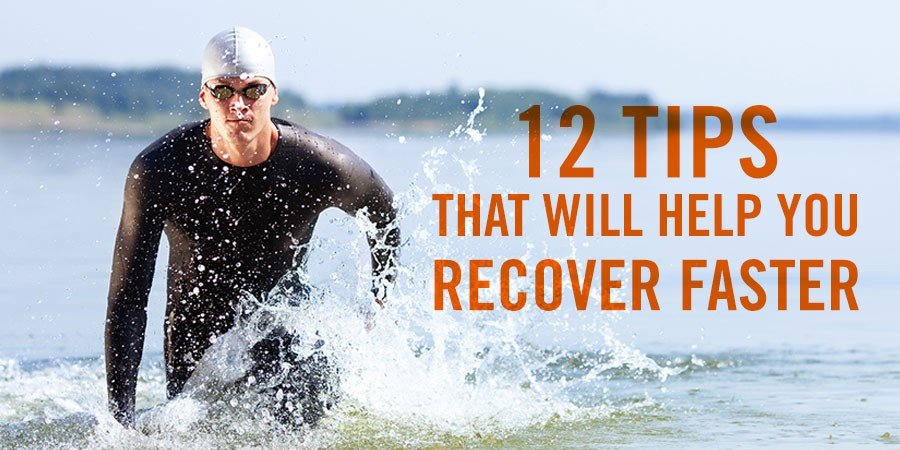
Every athlete wants to do all they can to improve their performance. Proper training regimens are, of course, important in building strength, stamina and agility. But how one recovers from these often strenuous workouts is essential to bouncing back faster and stronger to get ready for the next event. There are many different forms of athletic recovery treatments varying from foam rolling to cryotherapy chambers. Here is a rundown of the most popular athletic recovery methods and how they work:
Cold Therapy: Cold therapy (a.k.a. cryotherapy) has been proven to reduce pain and swelling, making your recovery faster and more comfortable. There are many ways to administer cold therapy – ice baths, cryotherapy chambers and cold packs to name a few.
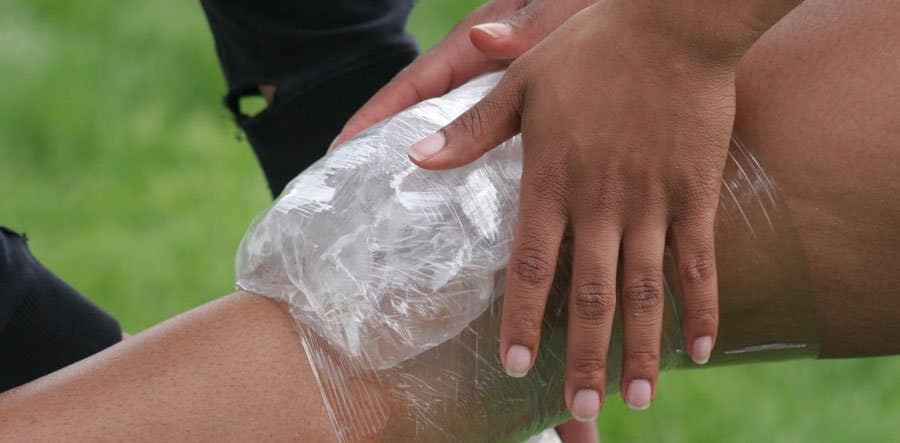
- Ice Baths: It is generally accepted that ice baths help reduce pain and swelling after workouts by constricting the blood vessels and mitigating fluid to the legs, thus helping relieve DOMS (Delayed Onset Muscle Soreness). It is usually advised to soak in an ice bath for 10 to 20 minutes within 30 minutes after an event or heavy training.
- Cryotherapy Chambers: Utilizing a cryotherapy chamber involves only a two or three-minute treatment in temperatures well below zero.
- Cold/Ice Packs: If this doesn’t sound like fun to you, another method of cold therapy is to either apply ice or a cold pack to the fatigued muscles and joints. The general instruction is to administer cold for no longer than 20 minutes at a time.
Compression Therapy: It’s likely that you have heard someone talk about the benefits of compression clothing for athletic recovery. But there are actually many different ways to implement compression therapy to your recovery routine. Compression works by pushing out extra fluids and waste products which cause muscle soreness and swelling.
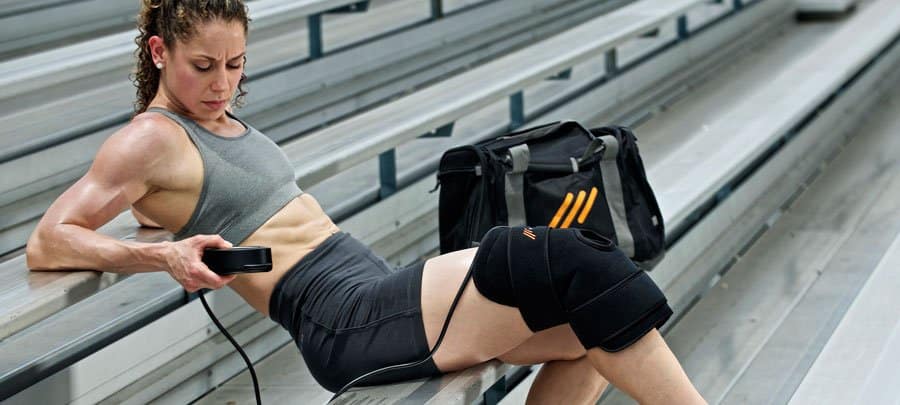
- Compression Clothing: Compression socks, sleeves and pants are engineered to deliver graduated compression, which means it is squeezing blood flow and fluids up and out of the body. Some choose to wear compression gear while training or competing, while others will say it is best to put it on after these activities when your body is recovering.
- Massage: Another recovery method that falls within the category of compression is massage therapy. Getting a massage after heavy exercise (or as needed) can decrease muscle tension and soreness, improve range of motion and increase blood flow.
- Foam Rolling: Another popular recovery tool is the foam roller. Although little research has been done to measure the effectiveness of this method, the theory of compression and massage carries over. Many agree that foam rolling after exercise can help reduce DOMS and ease painful trigger points.
- Pneumatic Compression: Pneumatic compression refers to the method where a pump unit is connected to a joint or muscle wrap and pumping air into the wrap, compressing and releasing to stimulate blood flow. This is also referred to as intermittent or “active” compression, which pushes swelling and edema out of the injured site and to the body’s core so it can be disposed of through the lymphatic system. The PowerPlay® compression device also delivers cold therapy to provide even better pain and swelling relief.
Electric Muscle Stimulation: “E-Stim”units work using electrodes that are placed on the skin around fatigued tissue and deliver a series of electrical stimuli to passively activate the muscles. Studies have found that this therapy increases blood flow, and can decrease DOMS. There are many different types of E-Stim units, so consult a Physical Therapist, Athletic Trainer or physician before deciding which system is right for you and how to use it to obtain best results.
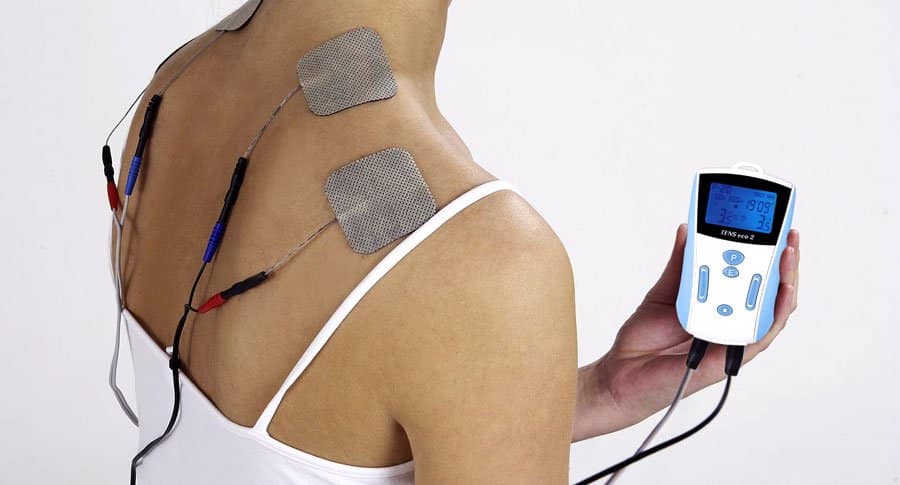
Recovery Drinks: It is critical for your body’s rental and cardio systems to re-hydrate your body after hard workouts with water as well as sodium. Hydration also allows the kidneys to flush the body of toxins that build up while exercising.

- Sports Drinks: There are many different electrolyte drinks on the market which have been pre-formulated to replace the sodium and nutrients lost during workouts. However, they often contain high levels of sugar and calories so be mindful to not overdo it on these sweet beverages.
- Coconut Water: Many people have turned to coconut water instead of sugary sports drinks for a more natural approach. Coconut water contains essential nutrients such as magnesium and potassium but does not contain sodium which you may have lost during training or competing.
- Chocolate Milk: It has recently been declared that chocolate milk is the new ultimate recovery drink. But how does such a decadent indulgence work to your benefit? It is because the drink consists of the recommended 4:1 ratio of carbs to protein that helps your body recover and restore glycogen to tired muscles. Chocolate milk also contains calcium which aids in building stronger muscles and bones.
- Power Smoothies: There are endless recipes available for post-workout protein shakes that will help restore nutrients to your system while supporting muscle growth. You can blend healthy ingredients such as berries, yogurt, bananas, nut butter, almond milk and protein powder in various ways to create a post-workout treat that is both functional as it is tasty.
Recovery should not just be an afterthought of your training, but an essential part of your training. The body must be allowed to rest and replenish in order to perform at optimal levels. When one or more of these recovery modalities are used following athletic activity, the body’s systems will be better restored, ready to come back stronger for the next performance.
For more information on treating muscle soreness after your workouts, check out this article on Positive Health Wellness:
